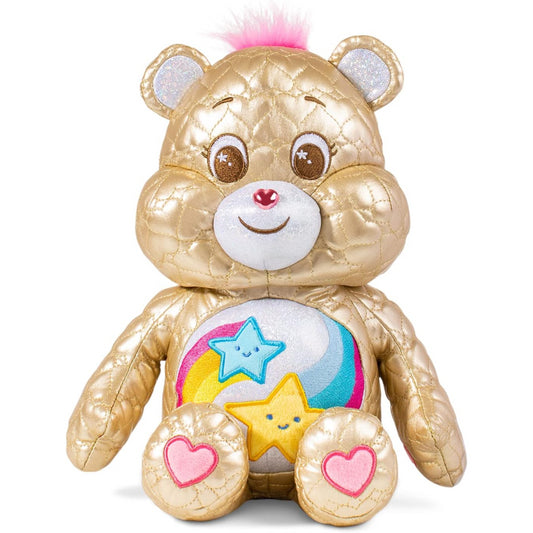Sensory Toys?
Sensory toys promote and encourage development in ways that many ordinary toys don’t. In general, sensory toys are great for any child. But, if you have a child with sensory processing differences, whether that accompanies a diagnosis like Sensory Processing Disorder (SPD) or not, sensory toys have the potential to change your life.
When playing with sensory toys, children with SPD are able to focus on the task at hand instead of fighting their sensory needs. That means they may sleep, eat, communicate, behave, and attend to learning better. Having a few key tools can make a huge difference in your child completing an activity independently and having new and different outlets to get those sensory needs met.
1) Evaluate
Evaluate what type of activities your child seeks, avoids, or needs help with and list the sensory activities (write down unusual activities too, because they’re usually sensory based) you notice your child participating in, avoiding, or having difficulty with on a regular basis.
2) Pinpoint the main sensory system.
- Proprioception (Knowing where our body is in space, activated through pressure to ourmuscles and joints)
- Vestibular (Our sense of movement and balance)
- Tactile (Our sense of touch)
- Vision
- Hearing
- Smell
- Taste (Oral, which technically combines 3 different systems: taste, tactile, andproprioception)
3) Identify the timing and environment
Again, looking at the list you created in step 1, identify if any of these activities tend to happen at certain times or in certain environments. You may notice that your child only jumps on the furniture first thing in the morning, or maybe they only chew on their pen caps when they are in school. There isn’t always a pattern, but double check to make sure you don’t see any correlations.
4) Set your budget and size
At the end of your list, write down your budget and if you have any space constraints. These are two important factors that will help you narrow down your selections.
5) Put it all together
Choose a few items that you are looking for. For example, you might be looking for a sensory toy that can be used at school for the oral system because your child chews on their shirt sleeve. Or, maybe you need a high energy proprioceptive and vestibular activity like a scooter board or a swing because your child is dangerously climbing objects in your home and has a hard time paying attention.


















